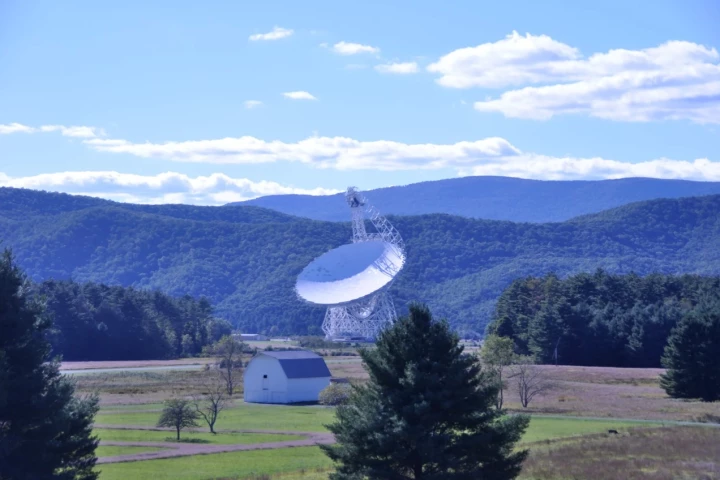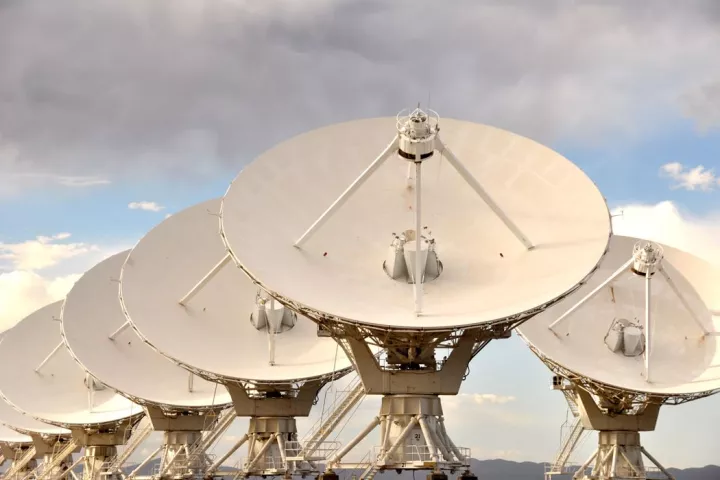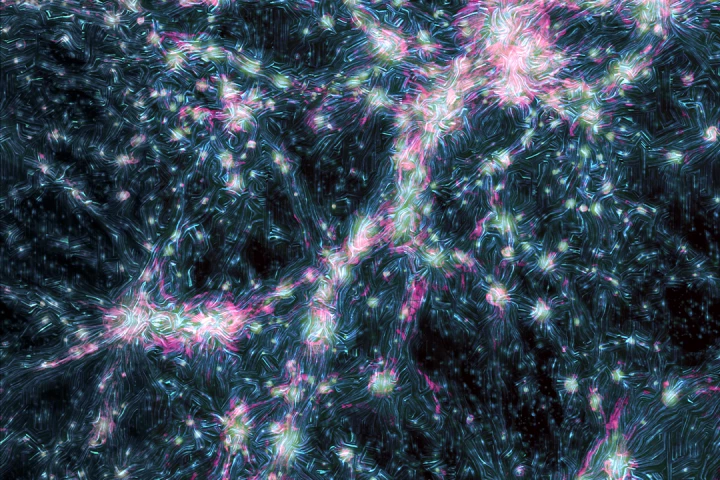Radio
-
Radio telescopes are picking up strange signals from an intelligent lifeform – ourselves. A new study has shown that satellite constellations like SpaceX’s Starlink swarm are unintentionally leaking signals that can interfere with vital observations.
-
San Francisco-based tech company Somewear Labs has taken the wraps off a pocket-sized military multi-networking communication device called Node that can automatically switch between internet-like mesh radio and satellite communications.
-
A new study suggests that if any alien civilizations are turning their radio telescopes toward Earth, they may be able to not only detect our mobile phone signals, but could deduce a lot about our planet and even produce crude maps of it.
-
Over the last 15 years astronomers have detected hundreds of unexplained radio signals from space – fast radio bursts (FRBs). Now a fresh look at radio telescope data has doubled the number of known sources, bringing us closer to solving the mystery.
-
The search for extraterrestrial civilizations gets a major boost as SETI joins forces with the Very Large Array (VLA) that combines the giant radio telescope with a new processing system to increase the search's effectiveness by a factor of 1,000.
-
In 2019 we got the first-ever direct image of a black hole, which resembled a fuzzy, orange donut. Now the team has refined the iconic image with the help of machine learning to produce the highest resolution image possible with the original data.
-
Astronomers have reclassified a radio galaxy in the sky after it was found to have redirected a jet of radiation straight towards Earth. This marks the first observation of a reorientation so dramatic that it changes the category a galaxy fits into.
-
If you could zoom way out to look at the universe at its largest scale, you’d see that it’s made up of a colossal cosmic web. Now, astronomers have detected shockwaves moving through this web, providing new insights into large-scale magnetic fields.
-
The chances are incredibly small that Earth is the only planet with life. A new AI system has scoured millions of radio signals from space to identify any with potential artificial origins – and discovered eight signals that look intriguingly alien.
-
Models of the universe predict that supernova remnants should be far more common than they are. Now, a new image from sensitive radio telescopes reveal that the missing remnants are hiding in plain sight.
-
The intriguing cosmic mystery of fast radio bursts (FRBs) has now shed light (pun intended) on another mystery. By studying the signature of an FRB from a nearby galaxy, astronomers have found that the Milky Way has far less matter than expected.
-
A highly sensitive, next-generation radio observatory has started to come to life, with construction now officially underway on the Square Kilometre Array (SKA), a dual-site science facility located in Australia and South Africa.
Load More











